The last thing that I wanted to finish last year was staining the deck. If you recall, I spent the majority of the summer fixing the siding and facia. We paid for a new fence and a hand railing on the deck to replace the ailing, plastic deck railing. When it was first completed, we were in Spain. I wanted to give it some time to dry out and then I got involved in my siding project.
I built this deck in 2007. The lattice frames I cut out of the old cedar deck. Other than replacing a panel here or there, that is about all I have done. I saved the larger offcuts of the lattice for future work. So, when I did some maintenance, I found a suitable scrap to fit the hole and away I went.
I an effort to get everything spic and span for staining, it was time to fix some of the panels that need repair. I am now at a place that I have run out of spares. So, I thought that I would run out and pick up a new panel for replacement. Talk about sticker shock. I know that it has been a while, but I am pretty sure that I paid $15 a panel for lattice the last time I purchased 3/4″ cedar lattice. I am seeing $80 a panel.
Then, it came to me, I have a stapler, planer and cedar. Why don’t I just mill some pieces to replace what is broken? After all, lattice is nothing more than strips of cedar stapled together. And so that is what I set out to do.
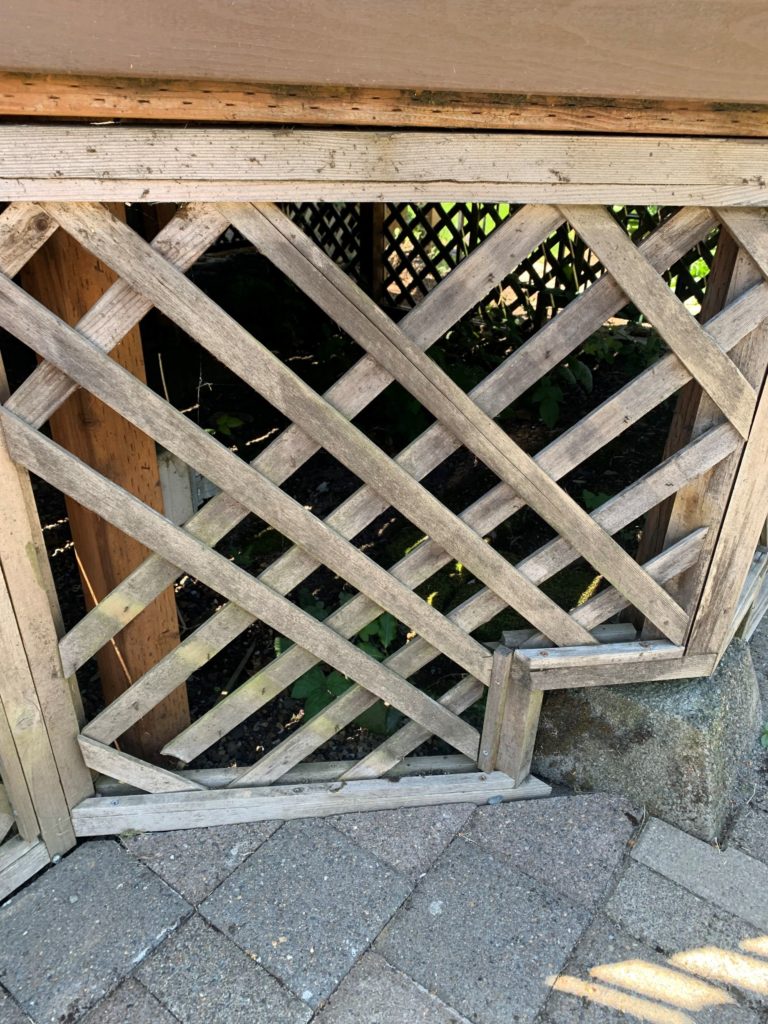
I spent a couple of hours on a Sunday afternoon making some replacement strips. Of course, I made more than I needed. I don’t want to have to do this again too soon. They really do stand out like a sore thumb, but then again, so would a whole new panel. In my view, this is probably the lesser of two evils.
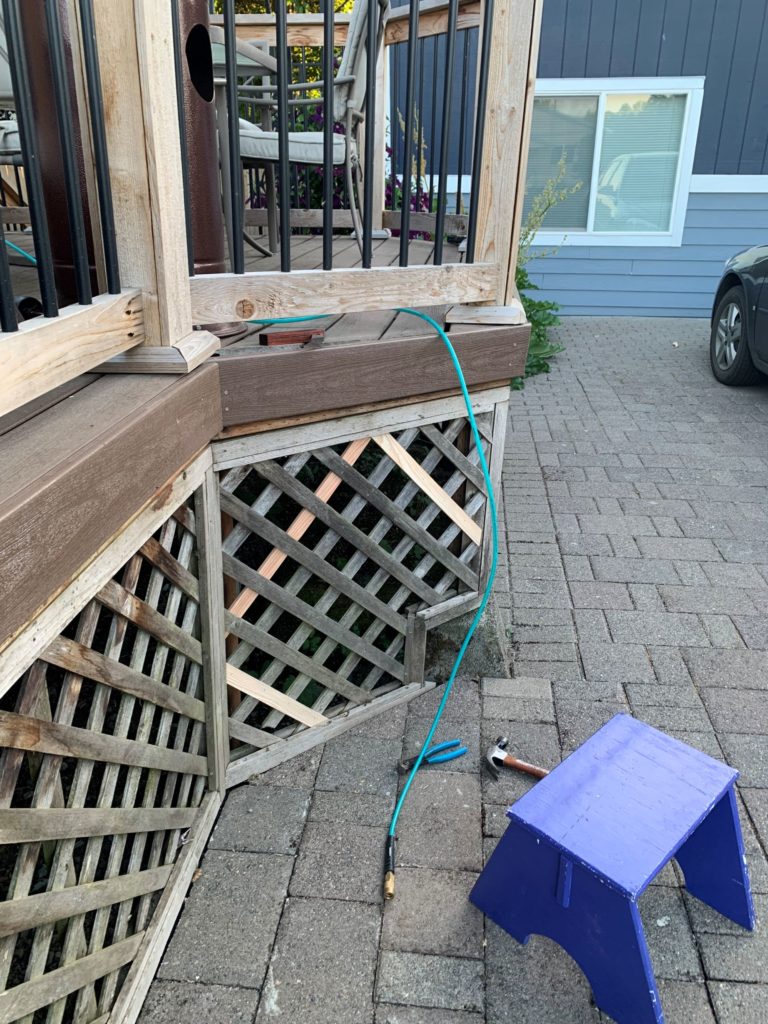
Another added advantage is that now I had the stapler out, I could re attach other loose strips as well. At least potentially, that will prevent other strips from breaking loose from the grid. All told, I probably had four hours into the operation. Granted, some of it was reorganizing the firewood pile and tiding up unrelated messes in the shop to work.
Economically, this move doesn’t really make sense. At least the only way it does is if I do not value my time. I was already at the store looking at lattice, with the intent to buy. So, I had already sunk that time. The only part of it that really does is environmentally. I took wood from the burn pile and reused it in a place that I needed it. That also means that I didn’t throw away the old lattice, I didn’t have waste cuts from the new lattice either.
This would have been a poor decision as a contractor. But, since I am not I can justify it by saying to myself that I didn’t spend $80. I didn’t have to handle an unwieldly 4×8′ sheet. I could repair everything in place and I put to work all of these high dollar tools I own. I built some spare strips for the future.
The decision to build or repair is a simple equation. You put together a simple pros / cons list. The winner is the one that favors one side or the other. But, it is way more complicated than that because you have to include want. And want is not governed by pros and cons. So, in my case here the pros would have been to buy the panel but I wanted to fix the strips rather than the whole thing. To me, it justified my capability to do so.
End Your Programming Routine: There is a time when repair is more economical than replacement. That is a time when what is being worked with is not replicable. The other situation is that the preponderance of the scope of work is small in compared to the overall scale. That is a little cryptic but assume that one dining room chair needs work and a replacement is not available. It wouldn’t make sense to replace the whole set, just the chair that needs repair. If the cost of the repair is high but cheaper than replacing all the chairs, then it is certainly worth it.

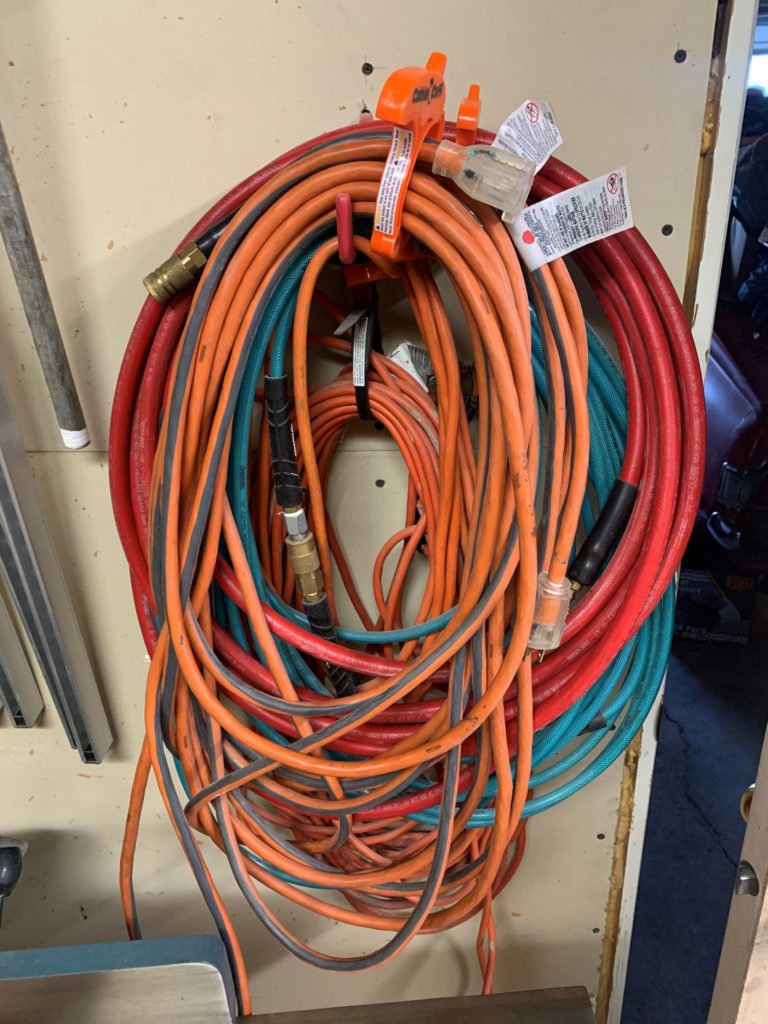
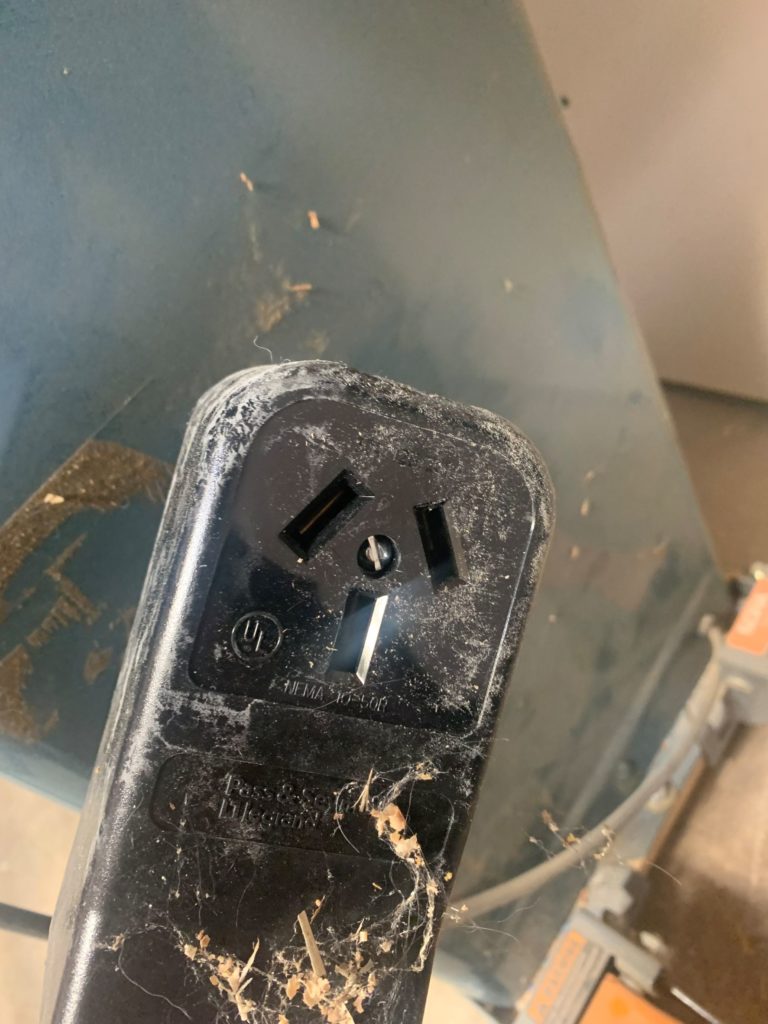
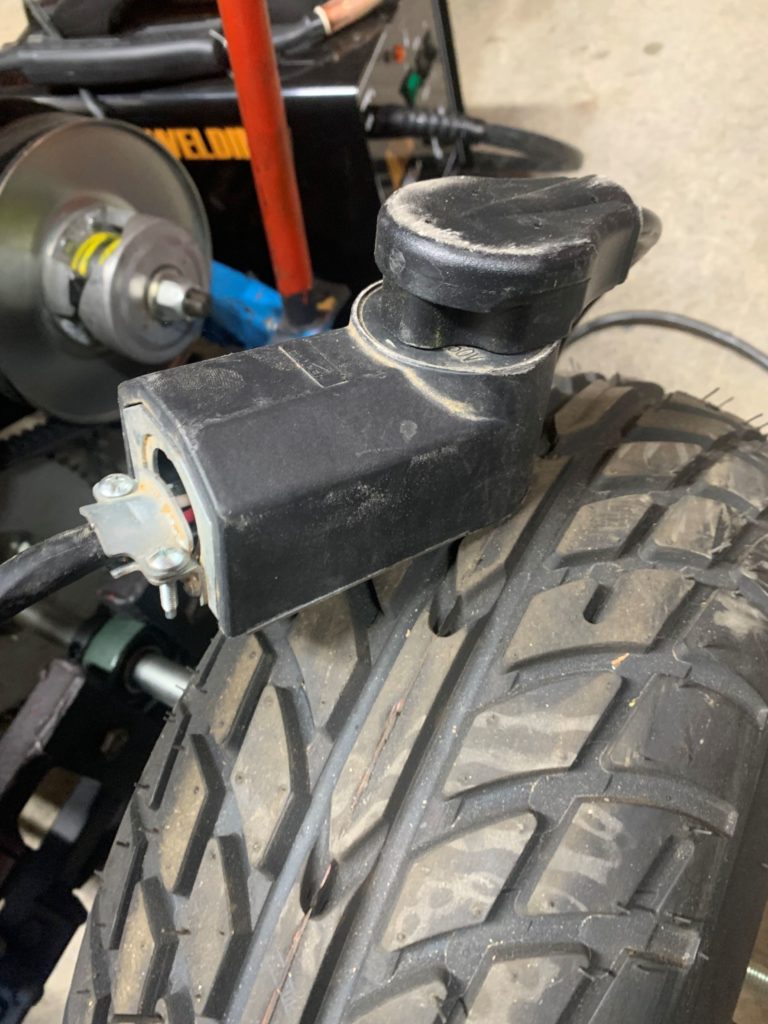

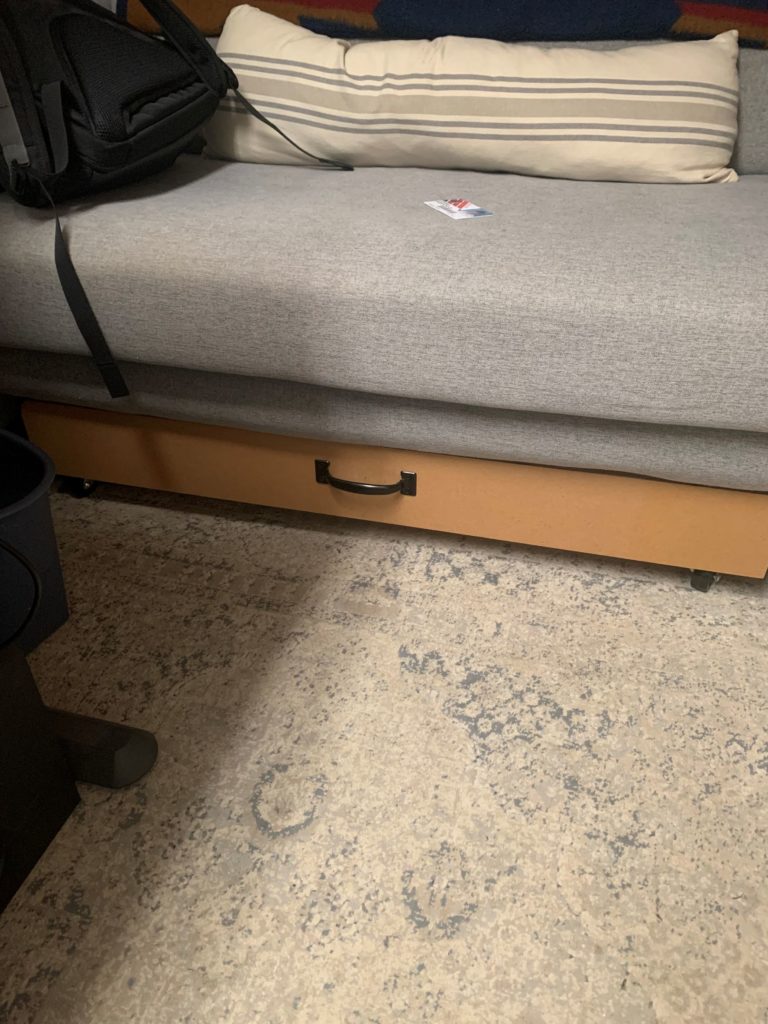
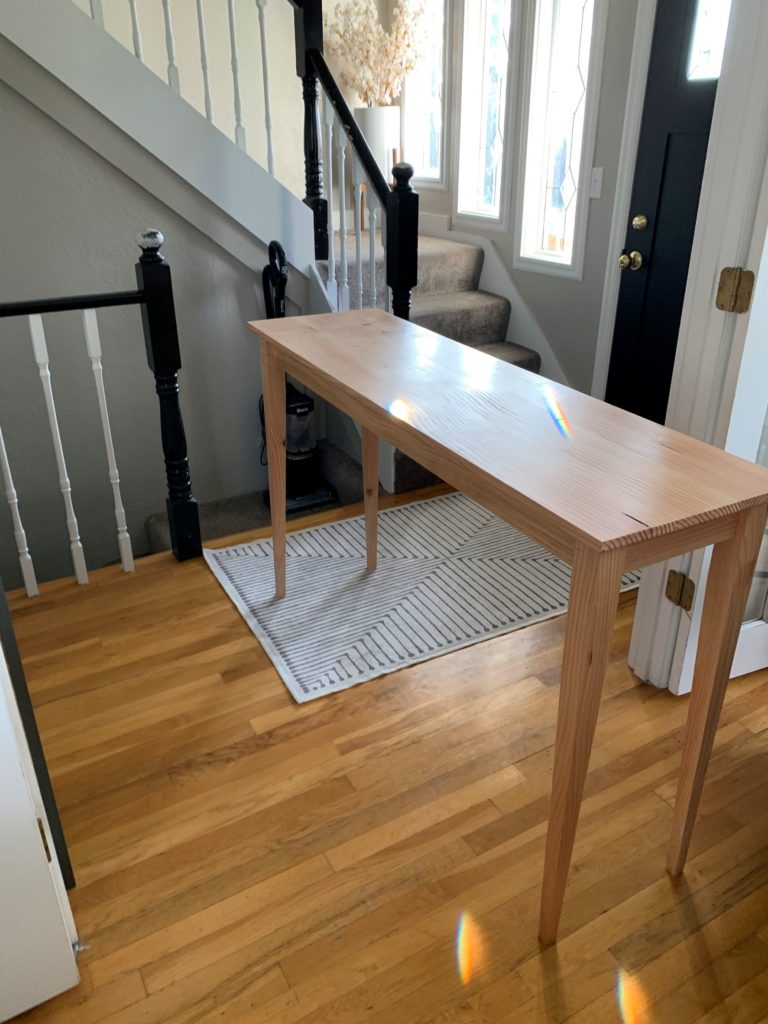
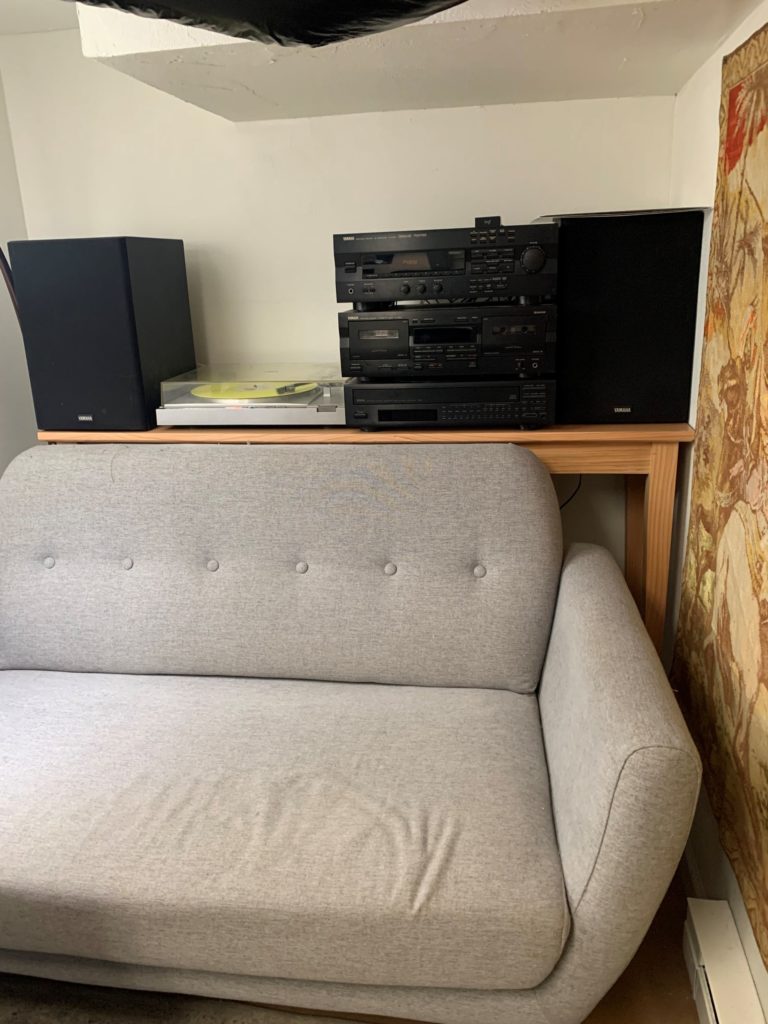
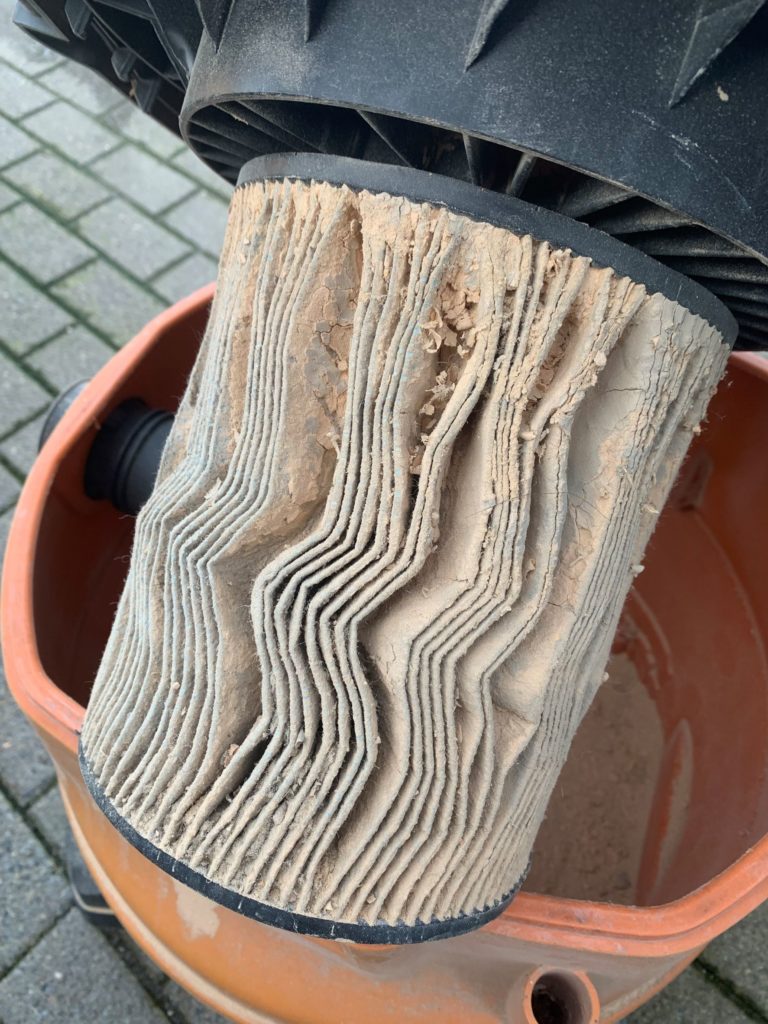
Recent Comments